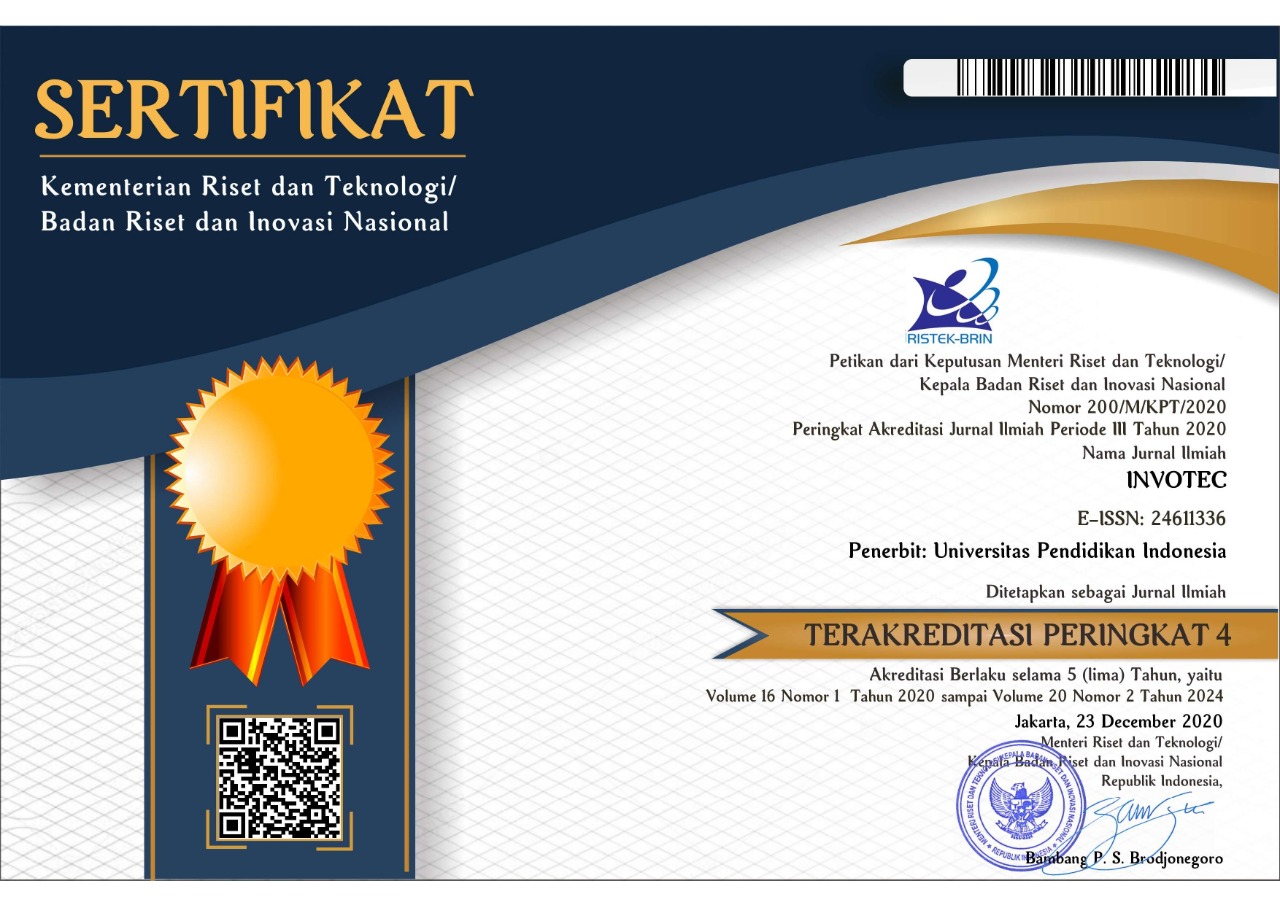Learning Reflections to Build Learner Autonomy
Abstract
The research objective was to improve the students' competency mastery which is the demand for lectures; building student learner autonomy; describes the stages of learning reflection to build learner autonomy. Quasi-experimental research is used to achieve research objectives. The research subject is a reflection of learning in the Statistics subject in the Culinary Education Study Program, Universitas Pendidikan Indonesia. This research used exit tickets and test instruments. The results of the study obtained an increase in student learning outcomes from the tests given; learner autonomy indicators are found in students' answers to exit tickets. The stages of learning reflection are first, the action taken as an experience (action); second, looking back on the actions that have been taken (looking back on the action); third, assessing the quality of decisions in real situations and overcoming limitations (awareness of essential aspects); fourth, making decisions for corrective actions (creating alternative methods of action); fifth, to continue the learning process with better action (trial). The conclusion of this research is that learning reflection can increase the mastery of student competence, build student learner autonomy, and there are five stages of learning reflection to build learner autonomy.
Keywords
Full Text:
PDFReferences
Boyd, E. M. and Fales, A. W. (1983). Reflective Learning : Key to Learning from Experience. Journal of Humanistic Psychology, 23(2), 99-117.
Holec, H. (1981). Autonomy and foreign language learning. Oxford: Pergamon Press.
Jacobs, G. M., Renandya, W. A., and Power, M. (2016). Simple, Powerful Strategies for Student Centered Learning. Switzerland: Springer International Publishing.
Jones, J. L. and K. B. Dotson. (2010). Building the Disposition of Reflection through the Inquiry-focused School Library Program. School Libraries, 16(1), 33-46.
Khortaghen, F., and Vasalos, A. (2005). Level in reflection: core reflection as a means to enhance professional growth. Teacher and teaching: Theory and Practice, 11(1), 47- 71.
Owen, D., and Sarles, P. (2012). Exit tickets: The reflective ticket to understanding. Library Media Connection, 31(3), 20–22.
Schmeck, R. R. (2013). Learning Strategies and Learning Styles. New York: Springer Science & Business Media.
Siang, T. K. (2002). Reflective learning in the classroom. Singapore: National Institute of Education.
Sternberg, R. J., and Zhang, L. F. (2014). Perspectives on thinking, learning, and cognitive styles. New York, NY: Routledge.
Suphandee, U., Sripai, S., Woonprasert, J., Saengprom, N., Ardwichai, S., and Suphandee, T. (2018). Indicators of characteristics of Learners Autonomy in English Language of Primary 6 students in the Northeast of Thailand. Educational Research and Reviews, 13(15), 590-597.
Weinstein, J. R. (1998). Expression and regulation of the thrombin receptor (PAR-1) in the central nervous system. Irvine: University of California.
DOI: https://doi.org/10.17509/invotec.v18i1.30172
Refbacks
- There are currently no refbacks.
Copyright (c) 2022 INVOTEC

This work is licensed under a Creative Commons Attribution-ShareAlike 4.0 International License.
This journal provides immediate open access to its content on the principle that making research freely available to the public supports a greater global exchange of knowledge.

This work is licensed under a Lisensi Creative Commons Atribusi-BerbagiSerupa 4.0 Internasional.


